Gallery 7a & 7b
Electra
In February 1951, The Times announced, ‘Before the war the Old Vic Company frequently included a Greek play in its repertory, and now that the company is back in its own theatre this practice is to be revived. The first Greek play to be given in the restored theatre will be Sophocles’ Electra, with Miss Peggy Ashcroft in the name part. It will be produced by Mr Michel Saint-Denis, with sets and costumes designed by Miss Barbara Hepworth.’
Electra is set in the aftermath of the Trojan War. Electra and her brother Orestes attempt to gain justice for their father, King Agamemnon, who was killed by their mother Clytemnestra and her new lover Aegisthus, Agamemnon’s cousin, on his return from war. Sophocles’ stage directions suggest that the action take place before the main gate of the palace of Mycenae, with the god Apollo’s temple on the left. Hepworth’s palace is given in minimal terms with a white square behind a taller single white column. Against this white background, she designed the draped, classical costumes for the actors in primary colours.
Hepworth created Apollo in sculptural form using wire, positioned on a base with fluted corners that suggests a temple building or altar. Images of the actors praying to the sculpture illustrate Hepworth’s assertion that ‘a sculpture might, and sculptures do, reside in emptiness; but nothing happens until the living human encounters the image. Then the magic occurs – the magic of scale and weight, form and texture, colour and movement, the encircling interplay and dance occurs between the object and the human sensibility.’
Take a tour of Barbara Hepworth: Art & Life with Google Arts & Culture
The Midsummer Marriage
In 1954 the composer Michael Tippett invited Hepworth to design the set and costumes for The Midsummer Marriage, his first full-scale opera, which opened at the Royal Opera House in 1955. Based on Mozart’s opera The Magic Flute, it followed two couples on their journey to marriage. One couple, in Tippett’s words, ‘take part in “big” supernatural manifestations’, resulting in ‘a collective imaginative experience dealing with the interaction of two worlds, the natural and the supernatural’. The fusion of these two realms spoke to Hepworth’s enduring concerns, and the transformation of this couple into one natural entity in the third act drew on her earlier exploration of the interrelations of two figures.
The scene is set in a woodland clearing with buildings, including a Greek temple on one side and a cave on the other. Hepworth designed the buildings and temple as a multitude of overlapping squares and coloured rectangles, and described the composition: ‘The colours of the main set were white – with black lines & primary blue. The vertical rectangles were of viridian green – Indian red and Venetian red with a large panel of ultramarine.’ Her annotated costume designs show a similar focus on colour and material, and a sensitivity to the human form in movement. ‘Ritual Dances’ set in the woods were accompanied by the most sculptural elements of Hepworth’s design, and she wrote, ‘The trees were verticals of wood with spaces for the dancers & a full play of changing light.’
Take a tour of Barbara Hepworth: Art & Life with Google Arts & Culture
Metal and Movement
In 1956, after a period of around 30 years, Hepworth returned to making sculptures in bronze. Her enthusiasm for working in metal at this time could be related to her increasing professional success. Casting in metal meant editions could be made of the same work, allowing more sculptures to be sold privately and placed in museum collections around the world. Metal sculptures were also more durable than carvings, making them more suitable for what Hepworth termed the ‘travelling circus’ of contemporary art, referencing the increasing number of international exhibitions in which she was invited to take part.
More importantly, Hepworth found that working in metal expanded the possibilities of sculptural expression, writing: ‘The problem is, how to extend the forms beyond the capacity of stone & wood? How to swing up & outwards when feeling cannot be contained by the block?’ Certain ideas called for fluid forms, like the movement of dance and music or the ephemeral nature of spirituality. In a notebook of 1961, Hepworth identified the disparate qualities she associated with ‘metal and its properties’: ‘Fire, running metal, molten – passionate, arrested movement – inducement of sound and resonance’, distinguishing these from sculptures made with ‘sheet [metal] under tension’, which she linked to ‘related rhythms of curves’. This focus on movement is echoed in her paintings of this period, which show a dramatic shift from controlled geometric lines to expressive brushstrokes and dynamic forms.
Take a tour of Barbara Hepworth: Art & Life with Google Arts & Culture
Shop
Barbara Hepworth: Art & Life by Eleanor Clayton. Buy online













